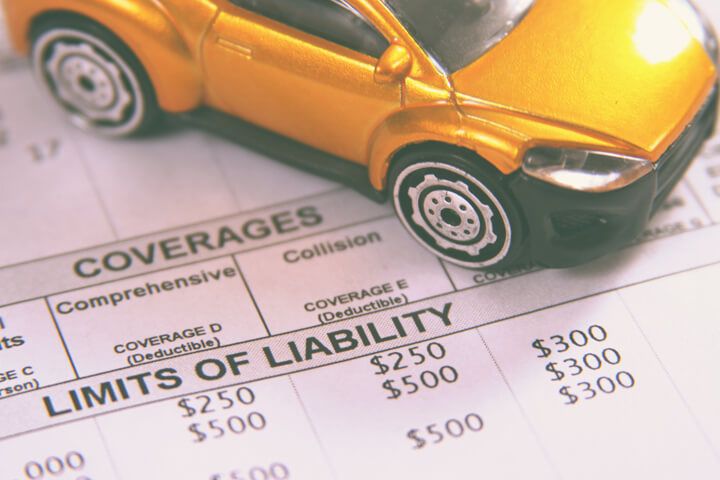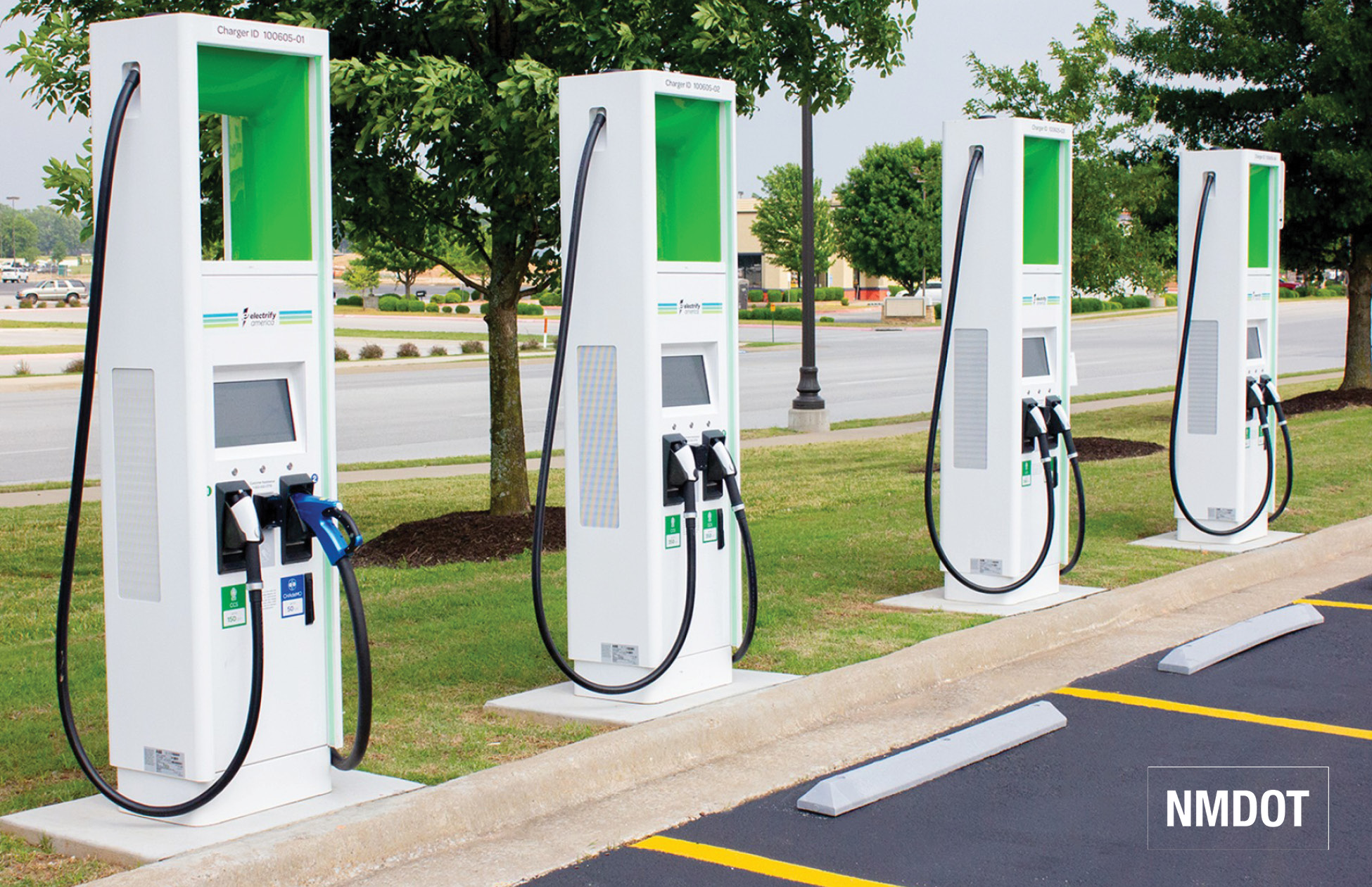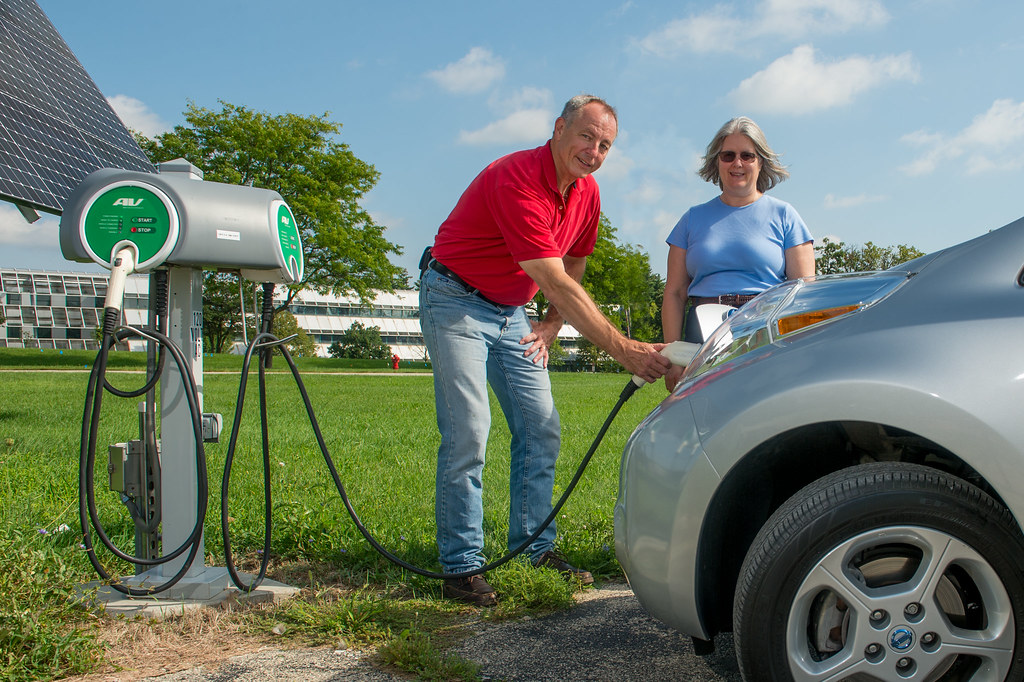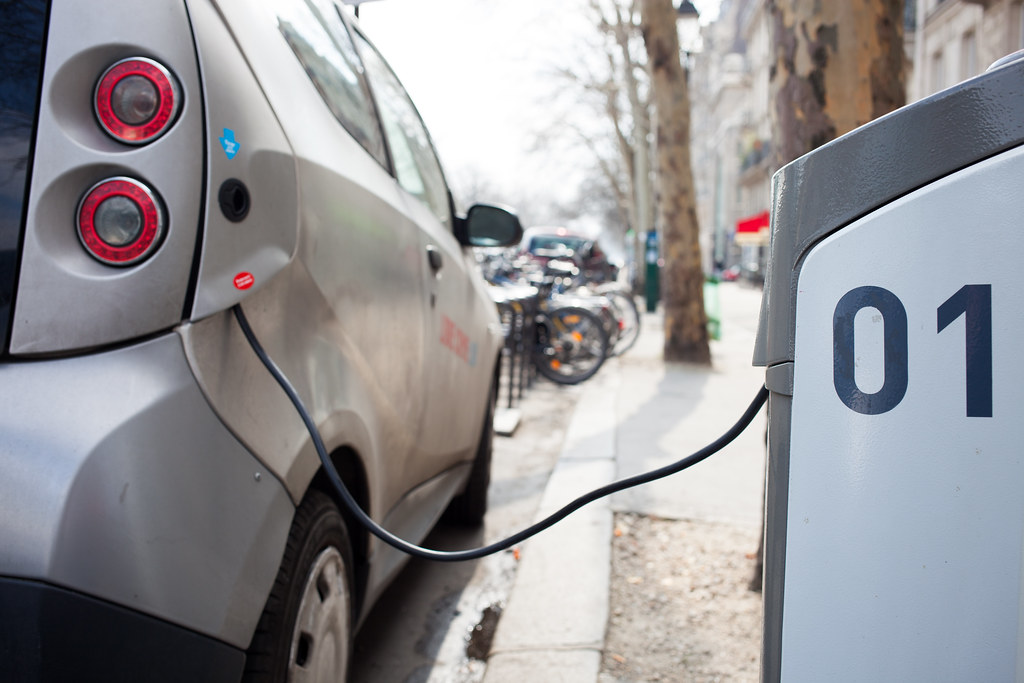
Electric vehicles (EVs) are increasingly promoted as sustainable and economically savvy alternatives to traditional gasoline-powered cars, promising reduced operating costs and environmental benefits. However, the comprehensive financial landscape of EV ownership often includes several significant expenses that remain obscured during the initial sales process. Understanding these additional and often unexpected costs is paramount for consumers striving to make truly informed decisions regarding their vehicle investment.
While the allure of lower emissions and potential fuel savings is undeniable, many prospective buyers are surprised by the full spectrum of financial commitments associated with EV ownership. Industry analyses indicate that the average electric vehicle owner may incur thousands of dollars in hidden expenses within the first few years, a factor that can substantially alter the perceived affordability. It is therefore essential for consumers to investigate beyond the dealership’s highlighted benefits and delve into the complete financial reality.
This detailed guide aims to illuminate these less-discussed charges, revealing 12 distinct ways in which dealerships may not fully disclose the supplementary costs tied to electric vehicles. By offering clear explanations, practical insights, and thoroughly researched data, we empower consumers with the knowledge necessary to confidently navigate EV purchases and ensure a precise assessment of the total cost of ownership over time.

1. **Higher Insurance Premiums:**A notable financial surprise for many electric vehicle buyers is the elevated cost of insurance compared to gasoline-powered equivalents. Dealerships frequently emphasize fuel savings, but often overlook a comprehensive discussion of how EV insurance premiums impact an owner’s ongoing budget. This higher cost primarily stems from the specialized components and advanced technology integrated into electric vehicles.
The key drivers for these increased premiums include the high expense of replacing sophisticated parts like the battery pack and complex electronic systems, alongside the intricate nature of repairs. Accidents involving EVs typically require technicians with specialized training and access to proprietary diagnostic tools, leading to higher labor costs and potentially limiting repair options. Insurers consequently incorporate these elevated repair expenses into their premium calculations.
Consumers can generally expect their EV insurance premiums to be approximately 15% to 25% higher than those for similar gasoline vehicles. This recurring expense significantly contributes to the overall cost of ownership throughout the vehicle’s lifespan. Proactive buyers are strongly advised to secure detailed insurance quotes *before* committing to an EV purchase, ensuring a realistic understanding of this significant recurring financial commitment.
Beyond standard coverage, the potential for high-cost battery replacement plays a substantial role in the total insured value of an EV. Expert analyses indicate that replacing a compromised battery pack can range from $5,000 to $20,000, a cost that underscores the need for robust comprehensive coverage. Buyers should also consider additional protections like gap insurance to mitigate potential financial discrepancies between their loan balance and the vehicle’s actual value after a major incident.
Read more about: Beyond the Sticker Price: Uncovering the True Financial Commitment of Car Ownership

2. **Elevated Vehicle Registration Fees:**In addition to the vehicle’s purchase price, electric vehicle owners frequently encounter another hidden expense: elevated vehicle registration fees. Many state governments have introduced specific surcharges for EVs, primarily to offset the diminished revenue from gasoline taxes. These taxes traditionally contribute to road maintenance and infrastructure funding, and with reduced or eliminated gasoline consumption, EV owners contribute less through conventional means.
The precise amount of these supplementary registration fees varies considerably by state and locality. While some drivers might face an additional annual charge of just over $100, others could see significantly higher figures. These recurring annual expenses add a predictable yet often undisclosed layer to the total cost of EV ownership, steadily increasing the financial burden over the vehicle’s operational life.
Dealerships commonly overlook explicitly highlighting these EV-specific registration fees during sales discussions. Sales presentations typically focus on environmental benefits and fuel cost reductions, diverting attention from these statutory government charges. Consequently, many buyers remain unaware of these additional annual fees until they receive their first registration renewal notice, long after the purchase has been finalized.
For a complete financial assessment, prospective EV buyers must research the specific registration fee structure in their intended area of use before purchase. These mandated fees are a non-negotiable component of electric vehicle ownership. By integrating these charges into their annual budget, consumers can prevent unexpected financial strains and gain a more accurate, holistic view of their ongoing vehicle expenses.
Read more about: Beyond the Sticker Price: Uncovering the True Financial Commitment of Car Ownership

3. **High Cost of Battery Replacement and Warranty Limitations:**The battery pack is the most critical and expensive component of an electric vehicle, yet its potential replacement cost is a significant hidden financial risk often downplayed by dealerships. While manufacturers promote impressive battery longevity, the reality of a future replacement can present a substantial financial shock to unprepared owners.
Replacement costs for an EV battery can vary widely, typically falling between $5,000 and $16,000, depending on the specific model, size, and manufacturer. Some estimates suggest these costs could even reach $20,000. Such an expense can easily surpass the value of many used cars, making out-of-warranty battery failure a potentially devastating financial event.
While manufacturers generally offer warranties for EV batteries, often for 8 to 10 years or up to 100,000 miles, these warranties come with precise limitations. Coverage typically activates only when battery capacity drops below a certain threshold, such as 70% or 75% of its original capacity. This means gradual degradation, which subtly reduces driving range over time (e.g., a 2% annual drop), may not qualify for a warranty claim until a more severe decline occurs.
Once the manufacturer’s warranty expires, the full financial responsibility for battery replacement shifts entirely to the owner. This long-term cost is a crucial factor that demands meticulous consideration when evaluating the total cost of EV ownership. The rapid evolution of battery technology also introduces complexities, as newer, more efficient batteries may impact the availability or desirability of older replacement units.

4. **Scarcity and High Cost of Specialized Spare Parts:**A less-discussed aspect of electric vehicle ownership, which can significantly inflate repair and maintenance expenses, is the limited availability and elevated pricing of specialized spare parts. Unlike conventional gasoline vehicles, EVs incorporate unique components specific to their electric powertrains and advanced technological systems, a detail often inadequately covered by dealerships.
These unique EV components, encompassing power electronics, specific battery module parts, and advanced sensors, are not produced or distributed as widely as parts for internal combustion engine (ICE) vehicles. This restricted supply chain can create considerable challenges during repairs, leading to extended wait times as parts often require direct ordering from the manufacturer or specialized suppliers. Such delays can leave owners without their vehicle for prolonged periods.
The limited availability directly contributes to the higher cost of these specialized components. With fewer suppliers and a more niche market, basic economic principles dictate increased pricing. Consequently, both routine repairs and major replacements of specific EV parts can be substantially more expensive than equivalent procedures for gasoline cars, adding to the overall maintenance expenditure over the vehicle’s lifetime.
Furthermore, the intricate nature of these parts mandates technicians with specialized training and certification for proper installation and servicing. This often funnels repair options towards authorized dealership service centers, which typically operate with higher labor rates than independent garages. The combined effect of expensive parts, specialized labor, and potential parts delays can result in significantly higher repair bills than many consumers initially anticipate.

5. **Elevated Repair Costs Due to Specialized Servicing:**While electric vehicles are frequently touted for simplified powertrains and fewer moving parts, suggesting lower overall maintenance, the reality of repair costs can be surprisingly high due to the specialized nature of EV servicing. Dealerships often highlight reduced frequencies of oil changes, yet they seldom delve into the financial implications when repairs, particularly complex ones, become necessary.
The fundamental distinction lies in the specialized expertise required. Electric vehicles are intricate systems that demand technicians with specific training and certifications to safely and effectively diagnose and repair their unique high-voltage battery systems, electric motors, and complex power electronics. This niche skill set is not universally available, often confining repair options to authorized dealership service centers, which typically charge higher labor rates.
Moreover, the relative newness of EV technology means that many independent repair shops lack the necessary equipment, advanced diagnostic tools, and accumulated experience to service these vehicles proficiently. This scarcity of qualified technicians can result in increased labor times for troubleshooting and repair, alongside the potential for misdiagnoses, both contributing to significantly higher repair bills than expected.
Beyond general complexity, specific EV components, such as those related to advanced driver-assistance systems or battery thermal management, require precise handling and calibration. Any repair involving these critical systems necessitates specialized knowledge to ensure the vehicle operates safely and efficiently. The integration of sophisticated software further complicates diagnostics, pushing repair costs beyond what many conventional car owners are accustomed to.

6. **Significant Costs for Home Charging Station Installation:**For most electric vehicle owners, the unparalleled convenience of charging at home is a prime advantage over gasoline vehicles. However, the substantial expense associated with installing a dedicated home charging station, especially a Level 2 unit, represents a significant hidden cost that dealerships frequently understate. This initial infrastructure investment can considerably augment the overall transition expense, often catching new EV owners unprepared.
A Level 2 home charging station, essential for reasonably fast home charging, typically necessitates professional installation. The total expenditure includes the charging unit itself, which generally ranges from $500 to $700, and the crucial electrical work. Professional installation costs usually fall between $1,000 and $2,500, varying based on factors like the distance from the home’s electrical panel and the overall complexity of wiring.
A key factor frequently overlooked is the potential requirement for electrical system upgrades. Many older homes, or those with electrical panels not originally designed for such high-power demands, may need an upgrade to safely accommodate the new charging station. An electrical panel upgrade can add a significant $2,000 to $4,000 to the total installation cost. Furthermore, mandatory local permits and inspections can tack on an additional $200 to $500.
The overall installation complexity is often underestimated by buyers. Engaging a certified electrician is imperative not just for efficiency but for ensuring safety and compliance with local building codes. Prospective EV owners should realistically budget an additional $3,000 to $5,000 beyond the vehicle’s purchase price for these essential home charging infrastructure costs. It is also wise to inquire about potential rebates or incentives from local utility companies, which can help offset a portion of this considerable upfront investment.
Read more about: Beyond 250,000 Miles: 14 Enduring SUVs That Defy the Odometer and Deliver Lasting Value for Savvy Buyers

7. **Elevated Electricity Costs from Frequent Home Charging:**While the allure of powering your vehicle at home seems straightforward, electric vehicles (EVs) require regular charging that can significantly increase your household electricity bills. This ongoing expense, often underestimated during the initial purchase excitement, represents a substantial component of the total cost of EV ownership. The financial impact is not uniform; it fluctuates considerably based on local electricity rates, your charging habits, and the time of day you plug in.
Owners who charge their EVs daily, especially those with longer commutes or larger battery vehicles, will undoubtedly observe a noticeable rise in their monthly energy statements. The average home charging cost typically falls between $0.13 to $0.25 per kilowatt-hour, but these rates can vary widely. Strategic charging during off-peak hours, when electricity demand and thus prices are lower, can help mitigate these costs. Many utility companies offer time-of-use (TOU) plans or even specialized EV rates designed to incentivize charging during these less expensive periods, potentially saving hundreds of dollars annually.
Failing to account for these variables can lead to unexpected budget strains. An EV is akin to adding another major appliance to your home’s electrical load, and ignoring the potential for increased consumption during peak rate hours can result in higher utility charges. Annual home charging costs can range from $400 to $1,200 depending on your driving patterns and local energy pricing. For long-term financial planning, some EV owners consider investing in smart home energy management systems or even solar panels to further reduce or stabilize their charging expenses, highlighting the need for a holistic view of energy consumption.
Read more about: Hybrid vs. Electric Cars: The Definitive Guide to Which One Truly Saves You Money (Shocking Truth)

8. **Premiums on Public Fast-Charging Networks:**While home charging offers unparalleled convenience, the reality for many EV owners involves frequent reliance on public charging infrastructure, particularly for longer trips or when home charging isn’t feasible. These public fast-charging networks, while essential, often come with premium pricing that can quickly inflate an EV owner’s monthly expenses beyond initial expectations. Unlike home charging, where costs are typically integrated into a single utility bill, public stations introduce a separate, often higher, expenditure.
These public charging stations typically charge either by the minute or per kilowatt-hour, with prices significantly higher than residential electricity rates. It’s not uncommon for public fast-charging to cost $0.30 to $0.50 per kilowatt-hour, sometimes doubling the cost of charging at home. This disparity means that frequent reliance on these premium services can quickly erode any perceived fuel savings, especially for drivers without reliable home charging access or those embarking on regular long-distance journeys.
Furthermore, many public charging networks operate on a subscription or membership model. While these programs often provide access to lower per-minute or per-kilowatt-hour rates, they introduce an additional recurring fee. Consumers must weigh the benefits of these memberships against their actual public charging frequency. Savvy buyers are advised to download and compare rates across different charging network apps, as strategic selection of charging points can lead to substantial savings, with some owners reporting annual savings of approximately $200 by being mindful of where and when they charge.

9. **Potential Depreciation Impact Due to Evolving EV Technology:**One significant financial factor often overlooked by prospective buyers is the potential for rapid depreciation in electric vehicles, a trend largely driven by the swift pace of technological advancements in the EV market. While traditional gasoline cars have a more predictable depreciation curve, the constant evolution in battery technology, motor efficiency, and software capabilities for EVs can render older models less valuable much more quickly. This means owners may face significant value drops shortly after purchase, impacting the vehicle’s long-term total cost of ownership.
The rapid improvements in EV range, charging speed, and overall performance in newer models frequently outpace the capabilities of existing vehicles. For instance, a battery with 250 miles of range today might seem modest compared to a new model offering 400 miles next year. Such advancements create a dynamic market where the value of an EV can fluctuate based on battery health, remaining capacity, and whether newer, more efficient models are on the horizon. This uncertainty makes assessing the resale value a complex endeavor.
Factors affecting EV depreciation are multifaceted and include the vehicle’s battery health, the pace of technological upgrades from the manufacturer, the brand’s reputation for innovation and reliability, and the broader market adoption of electric vehicles. While some pioneering EV models experienced substantial value drops, newer models, especially from well-established brands like Tesla, are showing improved value retention as the technology matures and becomes more mainstream. However, the used EV market remains a wild frontier, with savvy buyers meticulously examining battery health and charging history before committing to a purchase.

10. **Fees Associated with Certain Tolls and HOV Lane Access:**While many states and localities promote electric vehicle adoption through various incentives, including potential discounts or even free access to certain tolls or high-occupancy vehicle (HOV) lanes, prospective buyers must remain vigilant about the specific regulations in their intended areas of use. The assumption of universal free or discounted access can be a hidden pitfall, as these policies vary widely and can introduce unexpected costs for EV owners who do not meet particular eligibility criteria.
In some regions, EV owners may encounter fees to utilize HOV lanes, especially if they do not qualify for specific permits or if local policies prioritize a different class of vehicles. These charges, while seemingly minor individually, can accumulate over time for daily commuters, adding an unforeseen layer to the operational costs of an EV. Dealerships often focus on the benefits of potential exemptions without detailing the conditions or regional variations that might negate those advantages.
It is imperative for buyers to thoroughly research and understand the local regulations regarding tolls, HOV lanes, and any specific EV-related surcharges in their state and commuting areas before making a purchase. These fees are a non-negotiable component of driving in certain jurisdictions and can significantly impact the perceived affordability of an EV over its lifespan. An informed buyer will factor these potential ongoing costs into their budget, preventing surprises that could undermine the economic benefits of electric vehicle ownership.

11. **Costs Related to Software Updates and Subscriptions:**The modern electric vehicle is increasingly defined by its sophisticated software, transforming it from a mere mode of transport into a highly connected, digital platform. While over-the-air updates promise continuous improvement and new features, they can also introduce hidden costs through paid software updates and subscription services—a detail often not fully disclosed at the point of sale. Buyers accustomed to traditional vehicle ownership might be surprised by these ongoing digital expenses.
Many EV manufacturers now offer premium software updates for new features, enhanced performance, or even advanced driver-assistance systems. These updates, unlike basic bug fixes, can range from a few hundred to several thousand dollars. Furthermore, the advent of subscription models for advanced functionalities, such as full self-driving capabilities or enhanced entertainment packages, can add significant monthly or annual fees that accumulate rapidly over the vehicle’s ownership period.
While some software enhancements might be delivered free of charge, others require a financial commitment. It’s not uncommon for certain software updates to necessitate professional installation at a service center, adding labor costs to the equation. Prospective EV owners should inquire explicitly about the cost structure of software updates and any potential subscription services during the purchasing process. Understanding these recurring digital expenses is crucial for accurately assessing the total cost of ownership and avoiding unforeseen outlays after the vehicle has been acquired.
Read more about: A Deep Dive: The Luxury Vehicles That Lose Value Fastest and Why Owners Are Furious

12. **Expense of Replacing Worn Tires Due to Instant Torque:**Often overlooked in the excitement of acquiring an electric vehicle is the accelerated wear and tear on tires, leading to more frequent and often more expensive replacements than those for conventional gasoline cars. This phenomenon is primarily attributed to the instant torque delivery characteristic of electric powertrains and the generally heavier weight of EVs due to their substantial battery packs. Dealerships rarely highlight this specific maintenance consideration upfront.
Electric vehicles deliver maximum torque almost instantaneously, which can put greater stress on tires during acceleration, leading to increased friction and faster tread degradation. Additionally, the extra weight of an EV, which can be several hundred pounds more than a comparable gasoline vehicle, places additional strain on tires, exacerbating the wear rate. Consequently, EV tires may last only 60-70 percent as long as those on internal combustion engine vehicles, necessitating more frequent rotations and replacements.
Moreover, EV tires are often specially designed to handle this increased weight and instant torque, requiring specific weight and speed ratings. These specialized tires tend to be more expensive than standard tires for gasoline cars, often costing $200 to $500 more per set. Owners should anticipate this added expense as a regular part of their EV maintenance budget. Proactive measures, such as vigilant tire pressure monitoring, consistent rotations, and choosing high-quality, durable EV-specific tires, can help mitigate these costs, but the fundamental reality of faster tire wear remains a critical, often hidden, financial consideration for EV owners.
Making an informed decision about an electric vehicle purchase extends far beyond the initial sticker price. As we’ve explored, the journey into EV ownership is filled with various hidden fees, from the ongoing costs of electricity and public charging to the long-term expenses of depreciation, software subscriptions, and specialized tire replacements. Dealerships, while highlighting the environmental and fuel-saving benefits, often do not provide a comprehensive financial picture. Empowering yourself with detailed knowledge about these less-discussed charges is paramount for accurately assessing the true total cost of ownership. By meticulously budgeting for these potential expenses and asking the right questions, consumers can confidently navigate the evolving landscape of electric vehicle purchases, ensuring their transition to sustainable mobility is as economically savvy as it is environmentally conscious.



